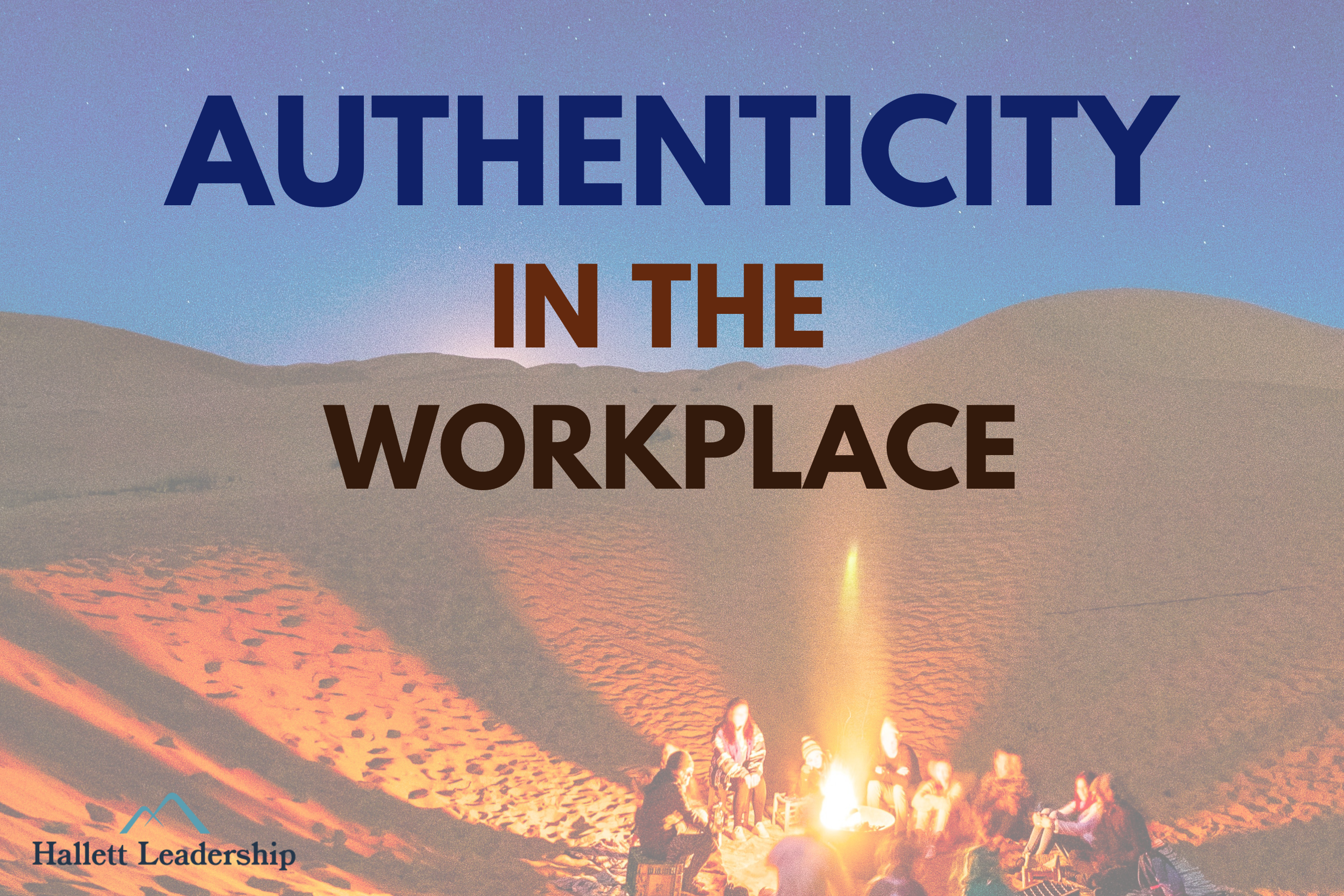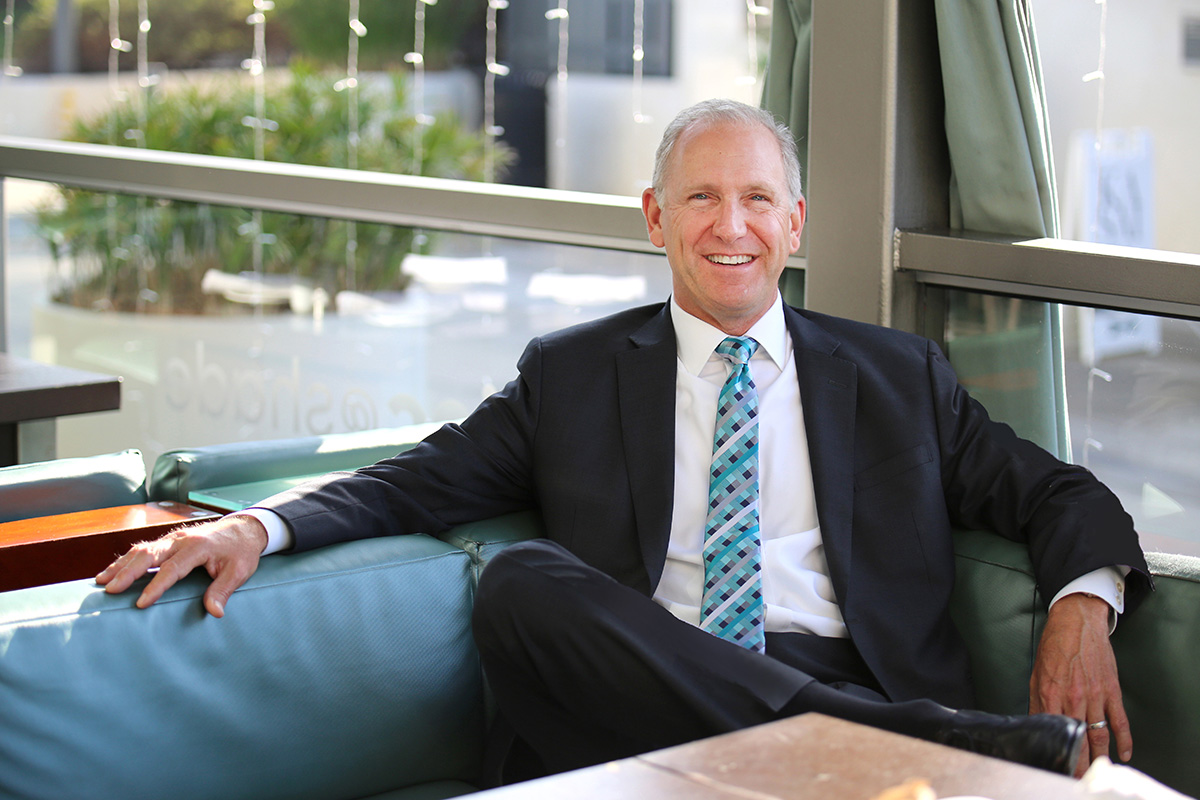Authenticity in the workplace is the foundation for strong leadership, trust, and engagement. When leaders embrace authenticity, they create environments where employees feel comfortable bringing their full selves to work. But being authentic in the workplace isn’t always easy. Many professionals struggle balancing their true selves with workplace expectations.
True authenticity means aligning actions, words, and values to foster trust and accountability. Authentic leadership is about leading with integrity, emotional intelligence, and a clear sense of purpose.
What Authenticity Looks Like
Workplaces thrive when people feel they can be themselves. But what does that actually mean in leadership?
Why Does Authenticity Matter in Leadership?
Authentic leadership is about being real: owning your values, leading with integrity, and fostering open communication. Employees respect and trust leaders who are consistent, transparent, and approachable.
When leaders embrace authenticity, they build stronger teams. Employees feel safer voicing opinions, offering feedback, and taking risks. Authenticity encourages a culture of innovation, where people aren’t afraid to challenge ideas or propose new solutions.
Research has shown that workplaces with authentic leadership experience higher engagement, better collaboration, and improved performance. When employees trust their leaders, they are more likely to be motivated and committed to the company’s success.
Authenticity in leadership doesn’t mean oversharing personal struggles or emotions. It’s about being honest, clear, and intentional in decision-making while maintaining professionalism.
Challenges Leaders Face in Achieving Authenticity
Despite the benefits of authenticity in the workplace, many leaders struggle to fully embrace it. There are several common roadblocks:
- Fear of Judgment: Leaders often worry that showing vulnerability or admitting mistakes will make them appear weak.
- Pressure to Conform: Many executives feel the need to match corporate expectations, even if it means suppressing their natural leadership style.
- Balancing Transparency with Authority: Being open is crucial, but leaders also need to maintain confidence and decisiveness.
- Autopilot Leadership: It’s easy to fall into routine decision-making without pausing to reflect on whether choices align with core values.
Developing authenticity as a leader requires intentional effort. Leaders must continuously assess their behaviors, values, and communication styles to ensure they align with their principles.
Three Core Aspects of Authenticity
Authenticity isn’t a singular trait. It grows out of a combination of mindset, behavior, and values. Leaders who want to strengthen their authenticity should focus on three key areas.
1. Authenticity Is Relational
Leadership is about relationships. Without trust and meaningful connections, leadership becomes transactional rather than transformational.
Authentic communication in the workplace means engaging with employees in a way that fosters respect and openness. Leaders who show empathy, actively listen, and acknowledge diverse perspectives create a more collaborative work environment.
This requires vulnerability. Leaders must be willing to admit when they don’t have all the answers, encourage honest dialogue, and respond to feedback constructively.
2. Authenticity Is A Personalized Journey
There’s no one-size-fits-all approach to authenticity. What feels authentic to one leader may not work for another. Each person’s leadership style is shaped by their experiences, values, and personal growth.
Authentic leadership in the workplace means embracing individuality while ensuring actions align with core principles. This journey involves self-reflection and continuous learning. Leaders should ask themselves:
- What values guide my decisions?
- Am I leading in a way that feels natural, or am I trying to fit an external mold?
- How can I better align my leadership style with my core beliefs?
The process of becoming an authentic leader requires intentionality. Leaders must regularly check in with themselves and adjust their approach as they grow.
3. Authenticity Is Based On Core Values
Strong leadership is rooted in clear values. Leaders who stay true to their principles make more consistent, ethical, and confident decisions.
When leaders compromise their values, it leads to a disconnect with employees. Teams notice when leadership’s words don’t match their actions. Consistency builds trust, and trust builds engagement.
Practical Steps to Achieve Authenticity in Leadership
Developing authenticity in leadership takes effort, but small, intentional actions can make a big difference.
- Pause Before Reacting. Instead of responding automatically, take a moment to evaluate the situation. Here at Hallett Leadership, we prepare our students to respond from a place of conscious, authentic choice through the methodology STOP-LOOK-CHOOSE. In short, the methodology describes:
STOP what you are doing. Stop your work. Stop everything. Bring the train to a halt, and shut off autopilot mode. When we do this, we can finally arrive in the present moment and take full stock of the situation at hand.
LOOK at all the options available to you from a place of conscious awareness. Discuss them with your team, and name every potential course of action.
CHOOSE. The third and final step. Given all of the options you’ve surveyed, choose what you perceive to be the best course of action from a condition of conscious awareness.
- Align Words with Actions. Leaders must ensure that their promises match their follow-through. Employees respect leaders who practice what they preach.
- Seek Honest Feedback. Creating a culture of trust means being open to feedback. Leaders should regularly ask employees how they can improve their communication and leadership approach.
- Develop Emotional Intelligence. The best leaders understand not just their own emotions but also how their behavior affects others. Strengthening emotional intelligence helps leaders connect more authentically with their teams.
- Lead with Transparency. While leaders don’t need to share every detail, being open about challenges, decision-making processes, and expectations fosters trust.
- Regularly Reflect on Leadership Style. Self-reflection helps leaders stay aligned with their values. Journaling, mentorship, or coaching can all provide opportunities for self-assessment.
Authentic Communication and Leadership: Pros and Cons
Authenticity in leadership offers numerous benefits, but it also requires careful balance. When leaders intentionally cultivate authenticity, they create an environment where employees feel valued, motivated, and secure in their roles. Here are some of the key advantages of embracing authenticity in leadership:
- Stronger Trust and Relationships: Employees feel more connected to leaders who are open and honest.
- Higher Engagement: Employees are more motivated and committed when they believe in their leaders.
- Better Decision-Making: Leaders who stay true to their values make more confident, ethical decisions.
- Improved Workplace Culture: A culture of authenticity reduces fear, encourages innovation, and increases job satisfaction.
Being genuine builds better teams and leaders, but don’t forget that you also need emotional smarts and the ability to read a situation. Authentic leaders earn trust while maintaining a professional image. It’s a balance. However, failing to manage authenticity with discretion can lead to unintended challenges, such as:
- Over-Disclosure Risks: Leaders need to be mindful of what personal details or emotions they share.
- Balancing Authenticity with Professionalism: Being too informal or casual can sometimes undermine authority.
- Misinterpretation of Intentions: Not all employees will perceive authenticity in the same way, which requires adaptability.
Authenticity should never be an excuse for unfiltered communication or impulsive decision-making. Instead, leaders should aim for thoughtful authenticity that’s grounded in integrity, emotional intelligence, and respect for workplace dynamics. Leaders who practice authenticity with awareness and intentionality reap the benefits of being authentic in the workplace while avoiding potential pitfalls.
Embracing Authenticity as a Long-Term Leadership Strategy
Authenticity is a long-term commitment to leading with integrity and self-awareness. While many leaders recognize the benefits of being authentic in the workplace, maintaining authenticity over time requires ongoing effort.
Organizations evolve, industries change, and leadership challenges shift, meaning that staying true to your leadership values requires continuous self-reflection. Leaders should focus on the following action steps to build authenticity as a long-term leadership strategy.
1. Committing to Lifelong Learning
Authentic leaders know they don’t have all the answers, and they don’t pretend to. Instead, they actively seek out knowledge, whether through mentorship, executive coaching, or professional development programs. Staying open to learning helps leaders adapt while staying grounded in their values.
2. Cultivating a Growth Mindset
Authenticity doesn’t mean stagnation. A leader who refuses to grow risks losing credibility with their team. Leaders who embrace change while maintaining their core values create stronger, more adaptable organizations. Ask yourself: Am I open to new perspectives while staying true to my principles?
3. Leading by Example
Employees look to leadership for cues on company culture. If leaders prioritize authenticity, transparency, and accountability, their teams will follow suit. However, if leaders fail to practice what they preach, trust erodes. Consistently modeling authentic behavior reinforces a culture of openness and engagement.
4. Making Authenticity Part of Organizational Culture
A company’s leadership style shapes workplace culture. Encouraging authenticity at all levels, through open-door policies, feedback loops, and leadership development initiatives, ensures authenticity becomes embedded in company values rather than just a leadership trend. By committing to authenticity as a long-term strategy, leaders create workplaces where employees thrive, trust flourishes, and innovation grows.
Lead Authentically and Make a Lasting Impact
Authentic leadership comes from honesty and consistency. When leaders show up as their true selves, they help build workplaces where people feel valued, engaged, and motivated to do their best work.
The journey toward authenticity takes self-awareness, reflection, and a commitment to personal growth. Leaders who apply the STOP-LOOK-CHOOSE methodology make more conscious choices that align with their values and build stronger connections with their teams.
Are you ready to refine your leadership style and lead with authenticity? Hallett Leadership helps executives develop the skills needed to communicate effectively, build trust, and make conscious leadership decisions. Let’s take your leadership to the next level. Reach out today.





